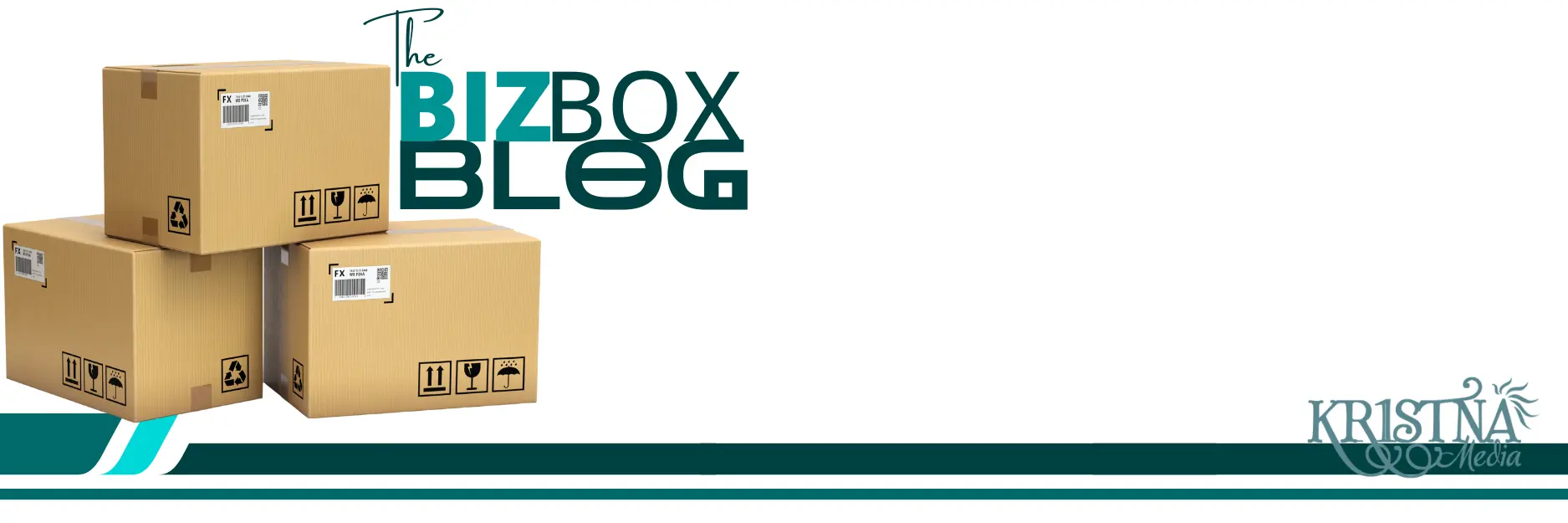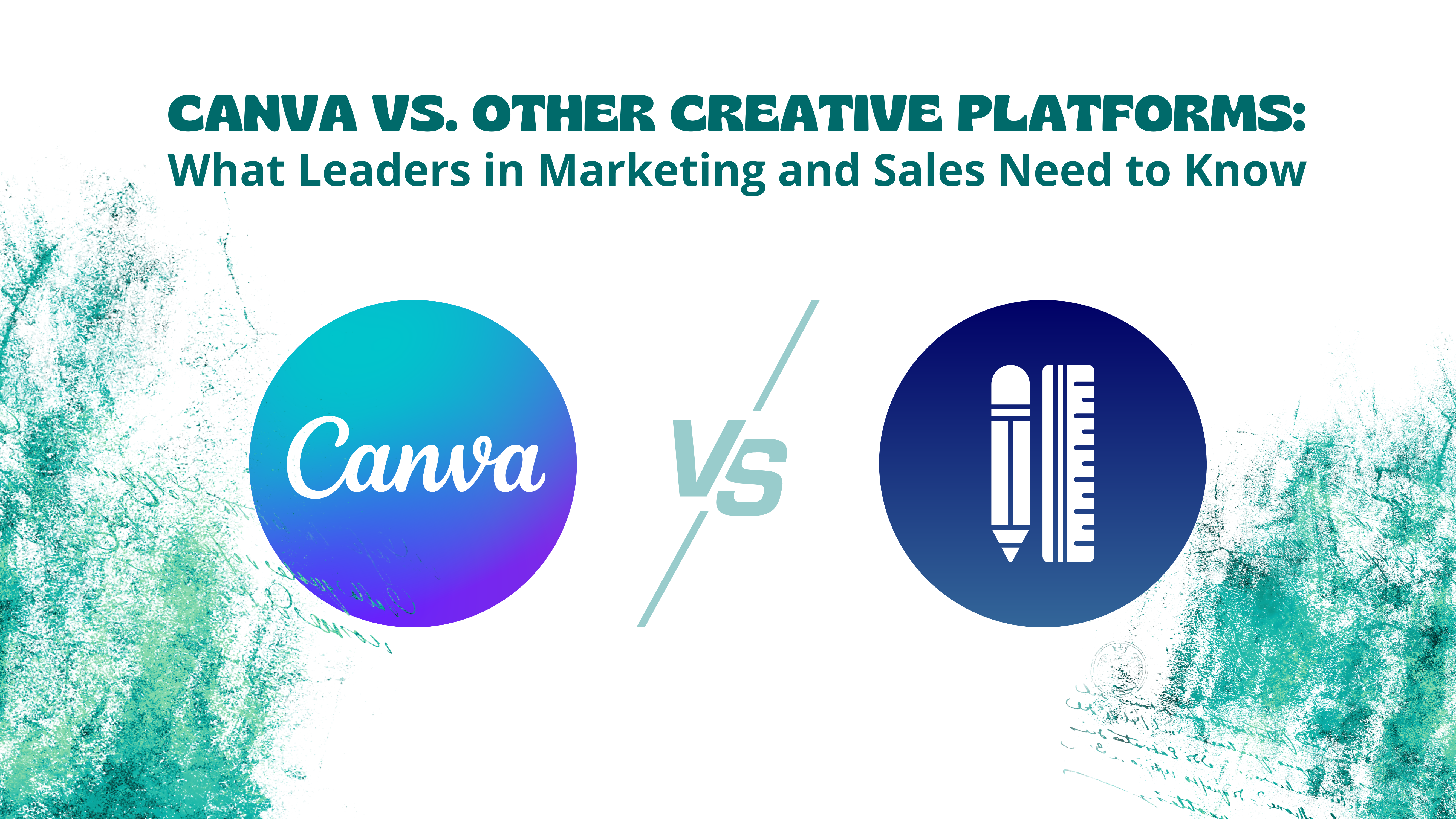When making hiring decisions for creative talent, a clear understanding of the tools and skills required is paramount. Leaders in marketing, sales, and business ownership need to weigh the benefits of investing in designers proficient in Canva against those skilled in comprehensive creative suites. This article explores the differences between these approaches with concrete statistics, industry examples, and practical insights to guide your hiring strategy.
Simplicity and Democratization with Canva
Canva has garnered a massive user base due to its approachable, drag-and-drop interface that empowers non-designers to produce high-quality visuals. With over 60 million active users worldwide, its ease of use allows team members without formal design training to effectively communicate brand stories. A 2022 survey highlighted that nearly 75% of small business owners and marketing professionals chose Canva because it significantly reduces turnaround times, eliminates the steep learning curve associated with advanced programs, and lowers creative costs. For example, a mid-sized e-commerce company reported a 40% reduction in outsourcing expenses and faster content deployment by hiring an in-house Canva specialist. This democratization of design proves that when quality meets simplicity, measurable improvements in campaign performance can result.
The Robust Capabilities of Advanced Creative Platforms
In comparison, creative professionals using Adobe Creative Suite—or alternatives like Figma, Sketch, and Affinity—offer unparalleled precision and customization. Products like Photoshop, Illustrator, and InDesign are engineered for detailed editing, high-resolution image manipulation, and intricate design projects that require a fine-tuned approach. According to industry studies, agencies that predominantly rely on advanced platforms can incur up to 30% higher labor costs due to the extensive training and expertise required. These tools provide granular control over design elements, enabling a level of creative excellence that is often critical for high-stakes branding and elaborate marketing campaigns. For instance, a renowned tech firm leveraged Adobe products during a major product launch, noting that the customized visual narratives created with these tools played a pivotal role in differentiating its brand in a crowded market.
Cost Efficiency and Return on Investment
A critical factor for any business is balancing cost with creative output. Canva’s model is cost-efficient, particularly for routine marketing collateral such as social media posts, infographics, and simple advertisements. Startups and small businesses have found that reallocating savings from Canva’s lower operational costs into targeted advertising campaigns can boost ROI by as much as 25%. On the other hand, when projects demand the nuanced detail that advanced software provides—think intricate illustrations or bespoke branding elements—the higher investment in expert designers becomes a worthwhile expense, as it can enhance brand perception and ultimately drive higher engagement.
Illustrative Case Studies and Industry Stories
Consider the experience of a regional non-profit that transitioned from outsourcing design work to building a small, in-house team proficient in Canva. The transformation not only led to agile content updates but also resulted in a 50% increase in audience engagement within a single year. In contrast, another organization—a leader in the tech industry—chose to invest solely in professionals with expertise in Adobe Creative Suite for their product campaigns. Their ability to produce visually compelling, detail-rich designs provided a competitive edge, emphasizing that the complexity of the task justifies the higher cost of skilled labor.
Striking the Right Balance: A Tailored Approach
For leadership, the ultimate decision depends on evaluating specific project requirements and internal capabilities. If the day-to-day design needs center on creating quick, effective visuals that align with brand guidelines, employing a Canva specialist may be the most efficient and cost-effective route. Conversely, for campaigns where each visual element must be meticulously crafted to tell a deeper story—such as for product launches or major rebranding efforts—the investment in advanced creative software and the corresponding professional talent is indispensable. By balancing these elements, leaders can ensure that every dollar invested in creative output contributes directly to enhancing overall marketing effectiveness.
Conclusion
The decision between hiring for Canva expertise versus proficiency in advanced creative platforms boils down to a strategic assessment of your business needs. Canva stands out for its simplicity, low learning curve, and proven cost-efficiency, making it ideal for straightforward marketing assets. In contrast, specialized creative platforms deliver a higher level of detail and customization essential for complex projects. By understanding the distinct advantages and limitations of each, marketing and sales leaders can make informed, data-driven decisions that align with both creative ambitions and budget realities.



